Return Delivery Note Samples
-
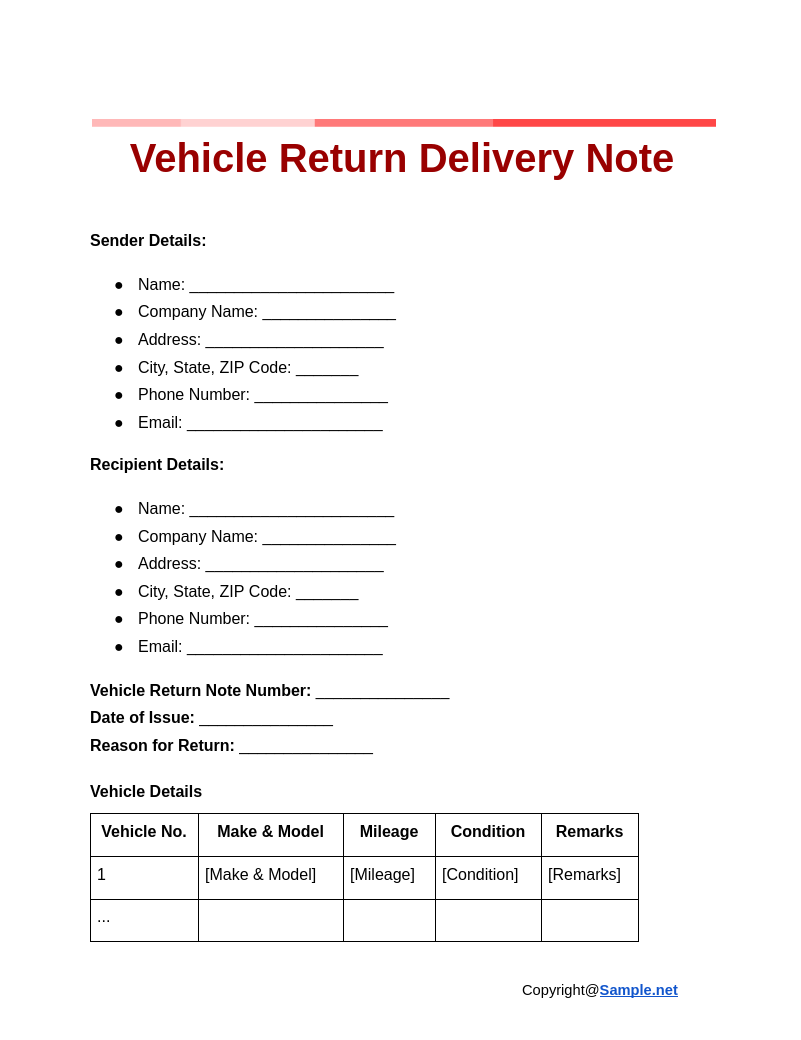
Vehicle Return Delivery Note
download now -
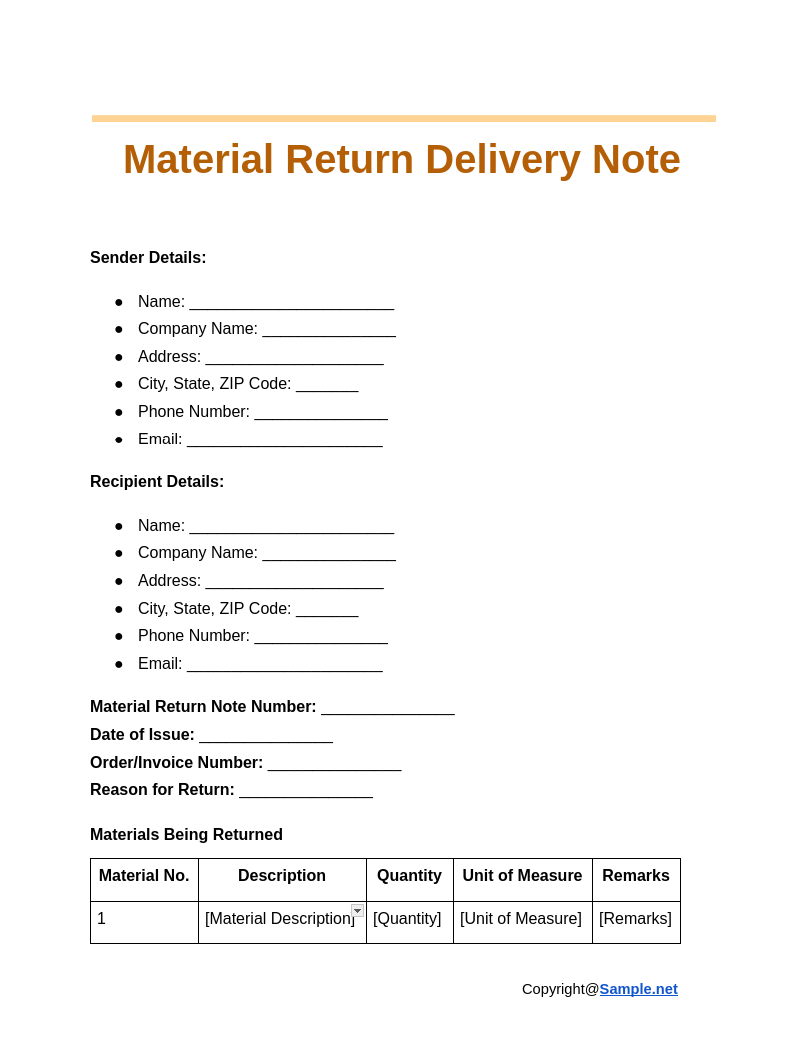
Material Return Delivery Note
download now -
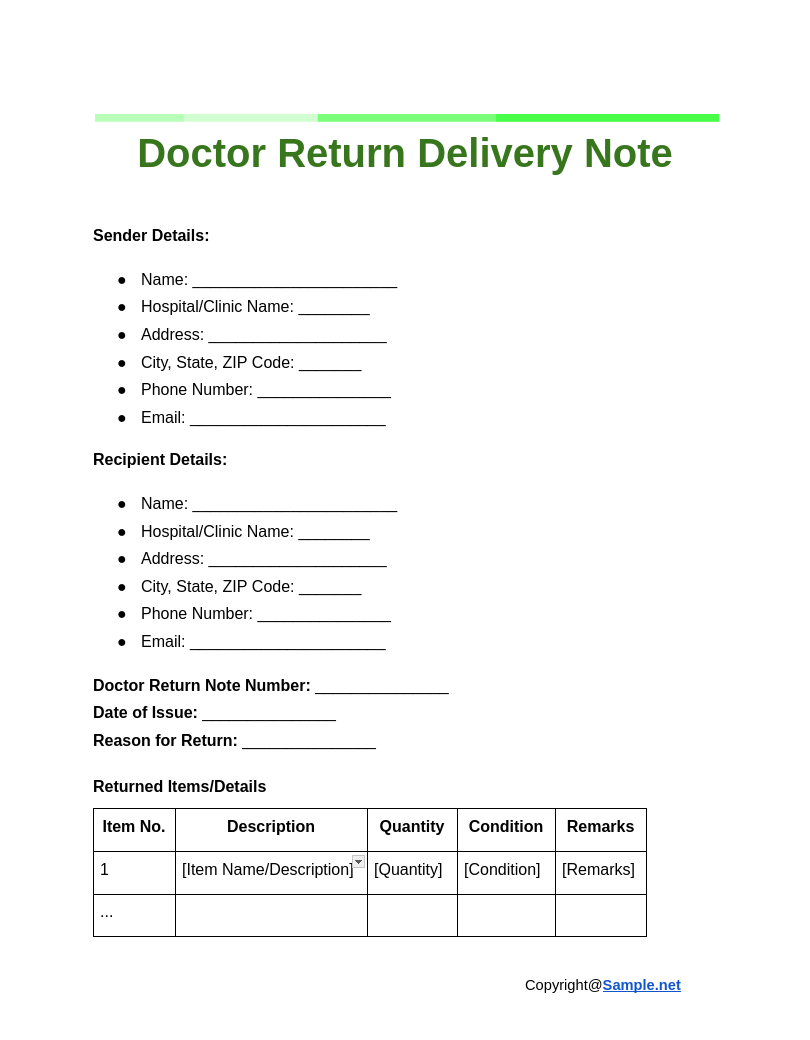
Doctor Return Delivery Note
download now -
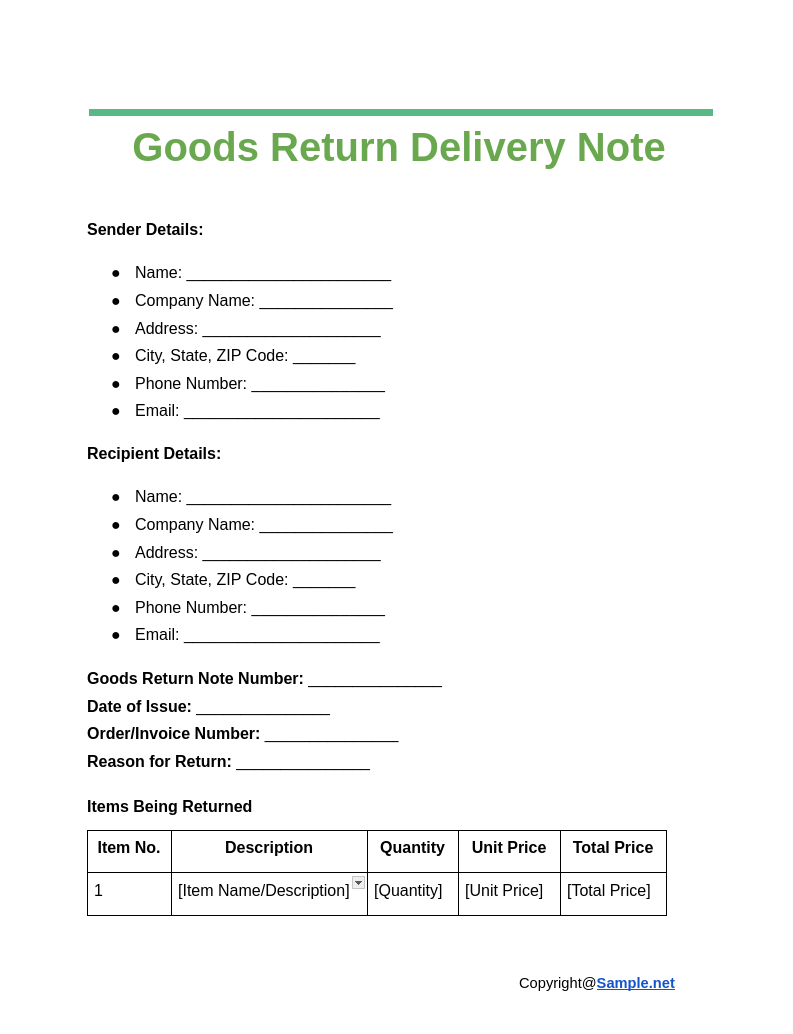
Goods Return Delivery Note
download now -
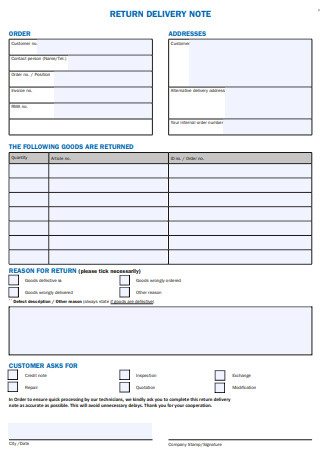
Return Delivery Note Template
download now -
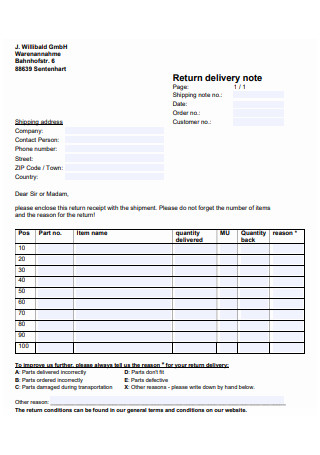
Basic Return Delivery Note
download now -

Return Delivery Note Example
download now -
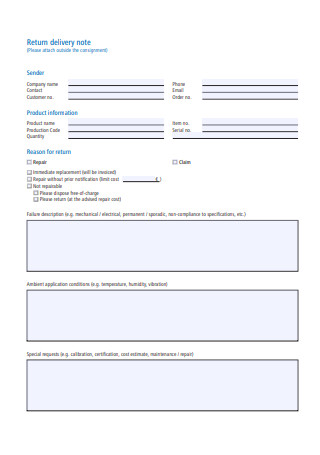
Formal Return Delivery Note
download now -
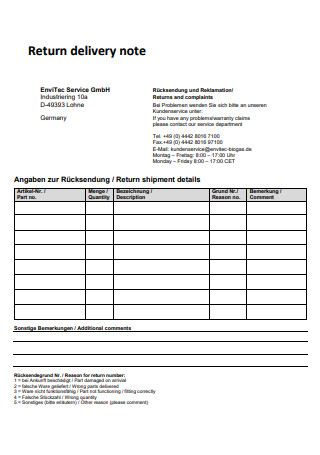
Return Delivery Note in PDF
download now -
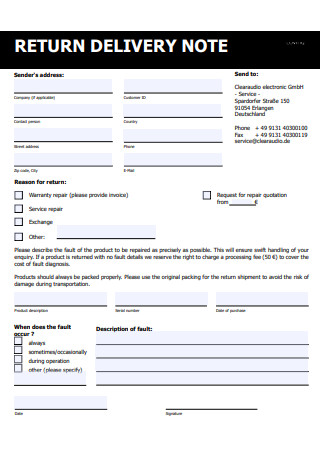
Printable Return Delivery Note
download now -

Service Return Delivery Note
download now -
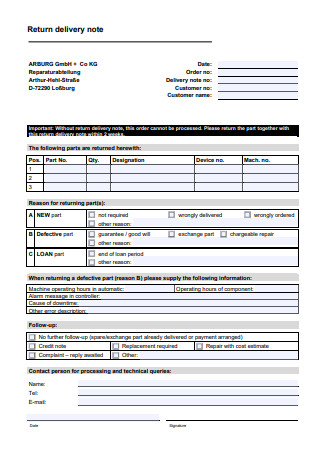
Return Delivery Note Format
download now -
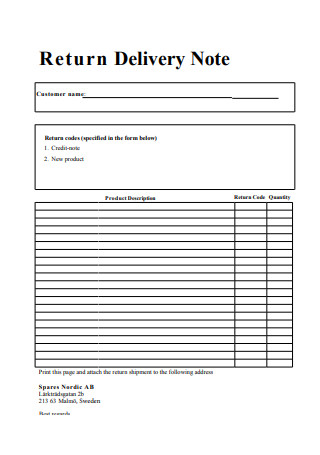
Simple Return Delivery Note
download now -
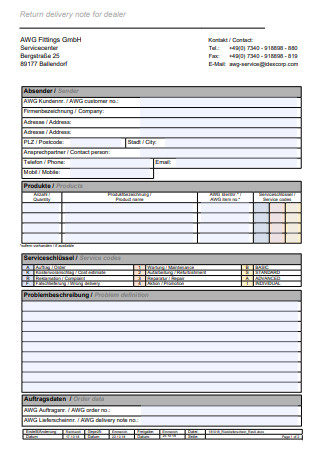
Return Delivery Note For Dealer
download now -
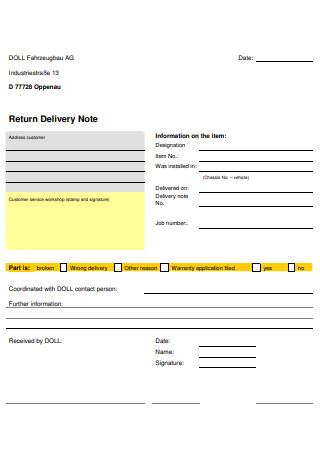
Standard Return Delivery Note
download now -

Customer Return Delivery Note
download now -
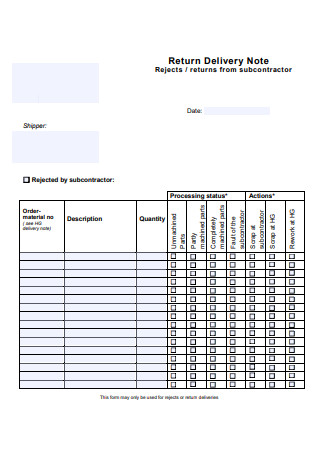
Subcontractor Return Delivery Note
download now -
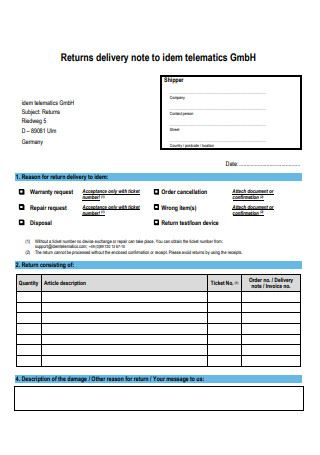
Sample Return Delivery Note
download now -
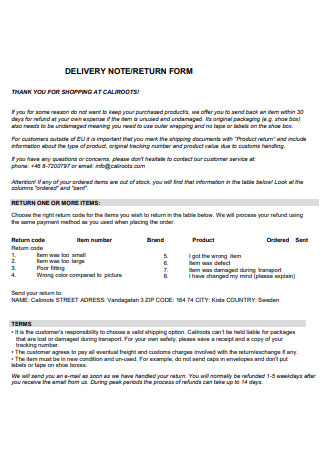
Return Form Delivery Note
download now -
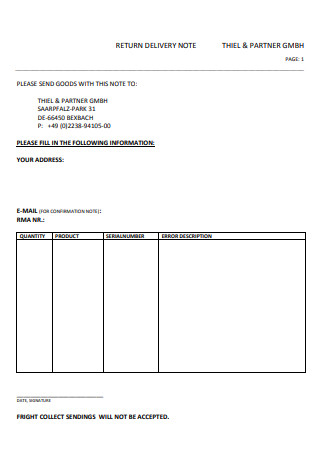
Return Delivery Note to Partner
download now -
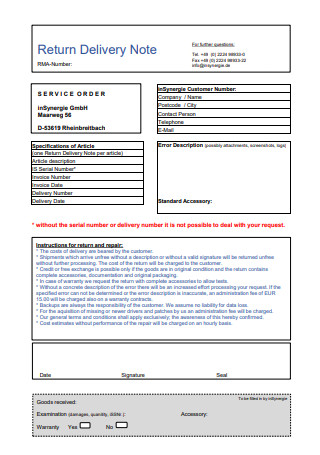
Draft Return Delivery Note
download now -
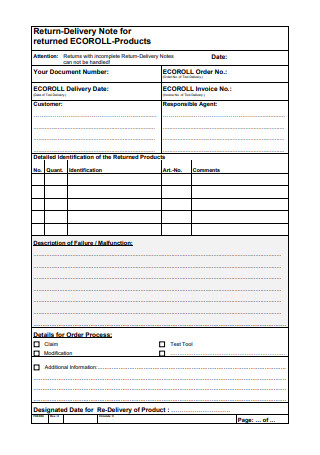
Products Return Delivery Note
download now -
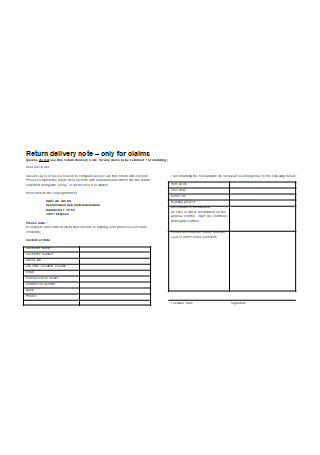
Claims Return Delivery Note
download now
FREE Return Delivery Note s to Download
Return Delivery Note Format
Return Delivery Note Samples
What is a Return Delivery Note?
Purposes of a Return Delivery Note
How To Make a Return Delivery Note
FAQS
What Is the Importance of a Return Delivery Note?
What Are the Contents of a Return Delivery Note?
Is it Possible for Me to Create My Own Return Delivery Note?
What happens if a return delivery note is incomplete?
Why is it important to include the reason for return?
What role does a return delivery note play in dispute resolution?
How are return delivery notes used in eCommerce?
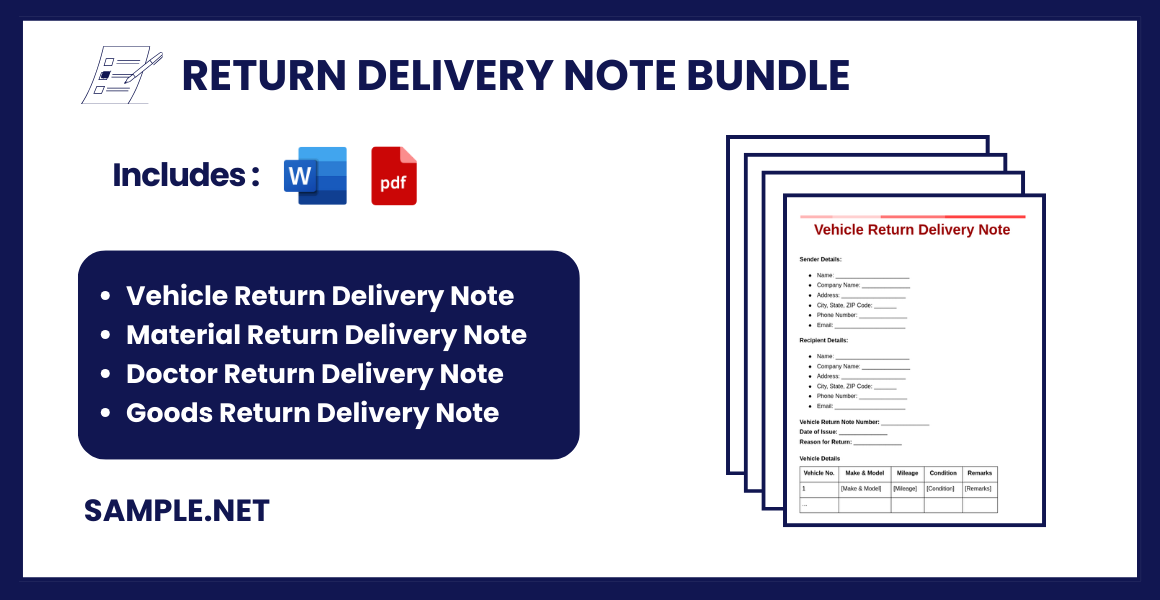
Download Return Delivery Note Bundle
Return Delivery Note Format
Sender Details:
- Name: _______________________
- Company Name: _______________
- Address: ____________________
- City, State, ZIP Code: _______
- Phone Number: _______________
- Email: ______________________
Recipient Details:
- Name: _______________________
- Company Name: _______________
- Address: ____________________
- City, State, ZIP Code: _______
- Phone Number: _______________
- Email: ______________________
Return Delivery Note Number: _______________
Date of Issue: _______________
Order/Invoice Number: _______________
Reason for Return: _______________
Items Being Returned
| Item No. | Description | Quantity | Unit Price | Total Price |
|---|---|---|---|---|
| 1 | [Item Name/Description] | [Quantity] | [Unit Price] | [Total Price] |
| 2 | [Item Name/Description] | [Quantity] | [Unit Price] | [Total Price] |
| … |
Total Amount: ____________________
Return Terms and Conditions
- Items must be returned in their original condition and packaging.
- Include all accessories and documents received with the item(s).
- Returns are subject to the company’s return policy.
- A restocking fee may apply if specified in the original terms.
Acknowledgment of Receipt:
I hereby confirm receipt of the returned items as described above.
Recipient’s Signature: ____________________
Date: ____________________
What is a Return Delivery Note?
A Return Delivery Note is a formal document issued to record the details of goods returned by the buyer to the seller, including quantities, reasons, and conditions. You can also see more on Job Handover Note.
Purposes of a Return Delivery Note
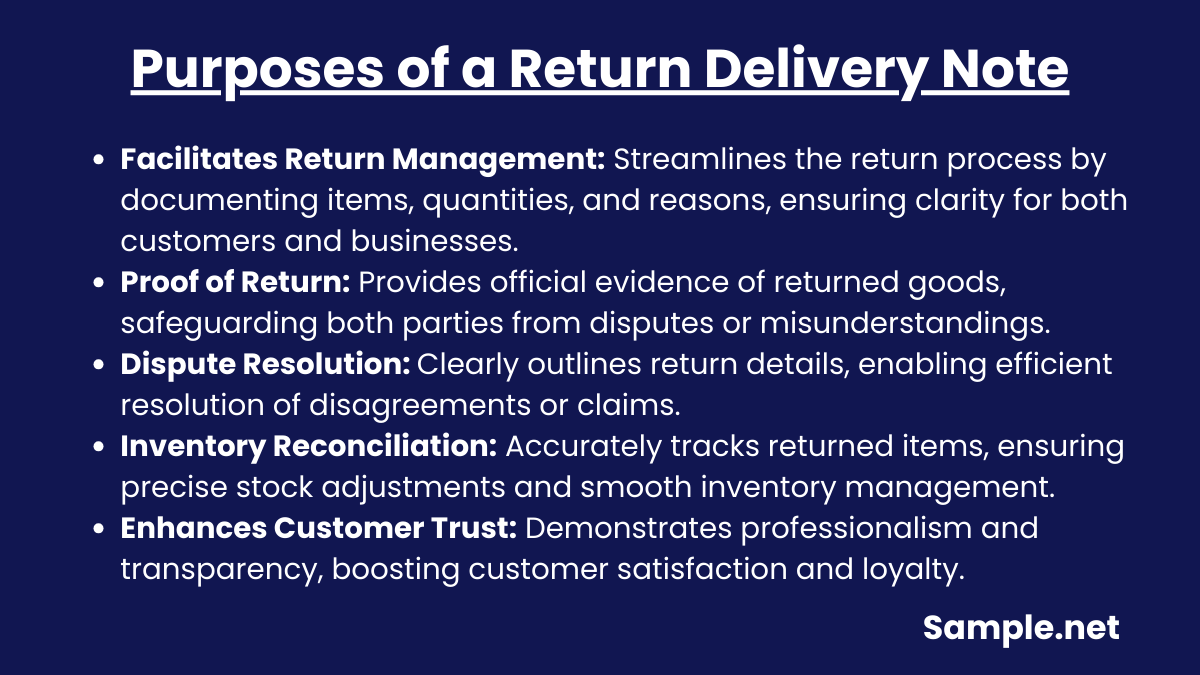
1. Facilitates Return Management
The return delivery note provides a structured way to handle the return process by documenting all relevant details. It ensures that the business and customer are on the same page regarding the returned items, quantities, and reasons for the return.
2. Proof of Return
This document serves as official evidence that goods have been returned to the seller or supplier. It protects both parties from disputes by providing a clear record of the return transaction. You can also see more on Nursing Notes.
3. Dispute Resolution
Return delivery notes minimize the risk of misunderstandings by clearly outlining the details of the returned goods. This can help resolve disagreements or claims efficiently.
4. Inventory Reconciliation
The return delivery note helps businesses adjust their inventory accurately by documenting returned goods. This prevents discrepancies in stock levels and ensures smooth inventory management. You can also see more on School Notes.
5. Enhances Customer Trust
A well-documented return process increases customer satisfaction and trust. It demonstrates the company’s commitment to handling returns professionally and transparently.
How To Make a Return Delivery Note
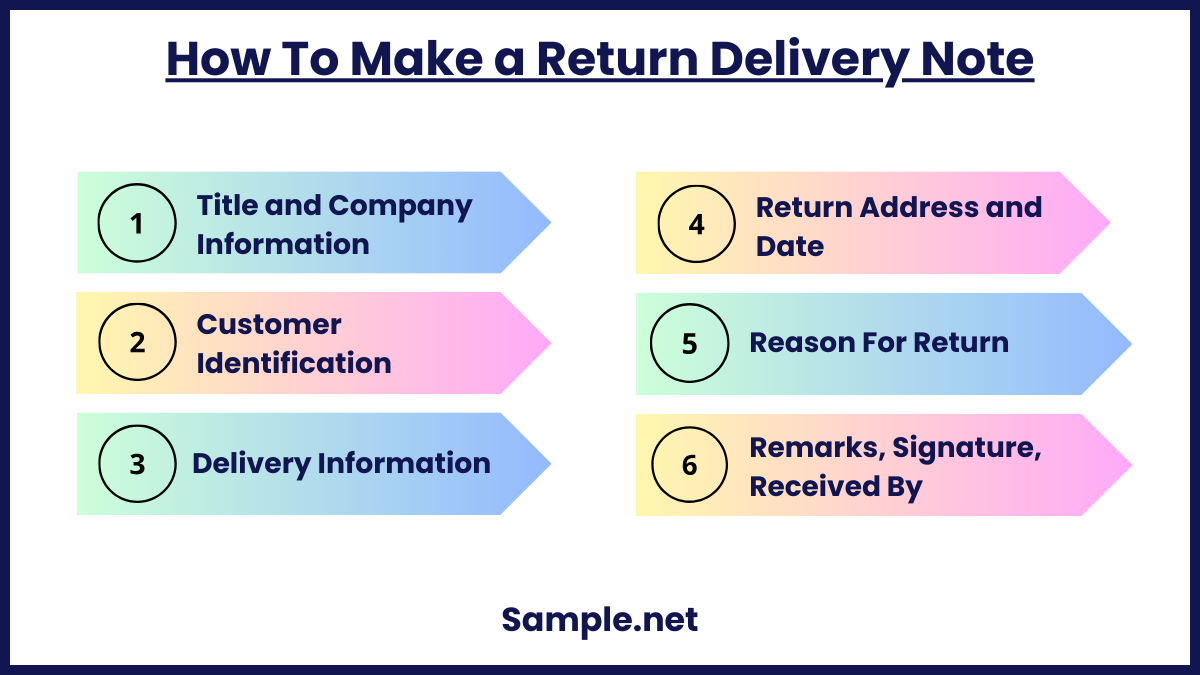
Depending on the business, each return delivery note may differ. And there is other return delivery note templates above that you can choose based on your needs. They would, however, share the same component. However, different businesses may have different policies. As a result, some changes in the delivery note are possible. Nevertheless, the methods below are for a general one. Let’s go to them right now.
Step 1. Title and Company Information
The seller’s information is referred to as company information. It’s normally at the top of the note or in the first part. It would be put directly beneath the title. The title could be as basic as “Return Deliver Note.” However, if there is something unique that has to be added, it can be included. The information would be simple, such as the company’s address and contact information. It differs from the return address. The return address differs depending on where you live. That is for the consumer to complete.
Step 2. Customer Identification
Deliveries are not provided only to a person. A firm or business could be the customer. As a result, their information is required for identification. Customers should be able to fill out their information in a row and a column. Everything from the customer’s name and address to contact information is included. As well as their own return address. Email address and phone number are examples of contact information. These are required to create a means of contacting in case there are any inquiries. It also confirms that the customer is who they claim to be and that they are the ones returning the items. Before attempting to return a package, most customers would contact the merchant. As it will aid in noting and documentation. It would also notify the recipient of the intention to return a package. You can also see more on Meeting Minutes & Meeting Notes.
Step 3. Delivery Information
The returned delivery goods have its own set of information. And this is crucial information because it is the sole way to trace and identify the goods. The most significant piece of information would be the delivery order number. A brief description of the supplied product and the method of delivery. As well as the package’s serial number. But everything will be well-packaged and protected, the receiving side will have an hard time distinguishing which goods are which from the others. As a result, these “minor” details about the package are critical for identification. And details on the mode of delivery. For additional verifiable information, one can even include the date the customer got the goods.
Step 4. Return Address and Date
In most circumstances, the return address would not be the main office. Especially in large retail corporations. They’d have distinct return addresses in various cities and countries. As a result, it is the customer’s responsibility to choose where it can be returned. Typically, the warehouse closest to them would be selected. The date on which the package is returned must also be noted. As a result, a data and return address column can be added. You can also see more on File Note.
Step 5. Reason For Return
Customers are usually given an area to write down the reason for returning an item. It is also possible to just provide a list for customers to check. It would also be easier for them to come up with a valid justification. There could be a list for them to look over to see if their cause is on it. And if it isn’t, there should still be room for them to write it down.
Step 6. Remarks, Signature, Received By
A vendor could include anecdotes and a disclaimer in the note. In addition, there is a section for consumers to sign. Most importantly, there should be a “received by” area where the receiver of the returned item can confirm that they did indeed receive the delivery on that date. You can also see more on Thank You Notes.
[/ns_col]
FAQS
What Is the Importance of a Return Delivery Note?
A return delivery notes aids in the identification of packages and their purpose. It also helps the warehouse or individuals receiving the returned item in categorizing them. A return delivery note also informs the consumer as to what information is required for the item to be accepted and received. You can also see more on Concept Note.
What Are the Contents of a Return Delivery Note?
A return delivery letter contains consumer and company information. Their contact details, the reason for the return, and the dates the item was returned and received. And a section in which the customer can sign the note.
Is it Possible for Me to Create My Own Return Delivery Note?
Any seller is free to create their own return delivery note. However, it is critical to first communicate with the local warehouse where the item will be received. You can also see more on Doctor’s Note.
What happens if a return delivery note is incomplete?
An incomplete note can lead to confusion, delayed processing, or disputes between the customer and seller. It’s crucial to include all necessary details to avoid such issues.
Why is it important to include the reason for return?
Specifying the reason helps the seller or supplier address issues effectively, whether for quality improvement, replacement, or refund. It also aids in analyzing return trends. You can also see more on SOAP Notes.
What role does a return delivery note play in dispute resolution?
By documenting all aspects of the return, such as item details, reasons, and acknowledgments, the note minimizes misunderstandings and serves as evidence in case of disputes.
How are return delivery notes used in eCommerce?
In eCommerce, these notes often include order IDs, return authorization numbers, and detailed reasons for the return, helping online retailers process returns efficiently. You can also see more on Intake Progress Note.
